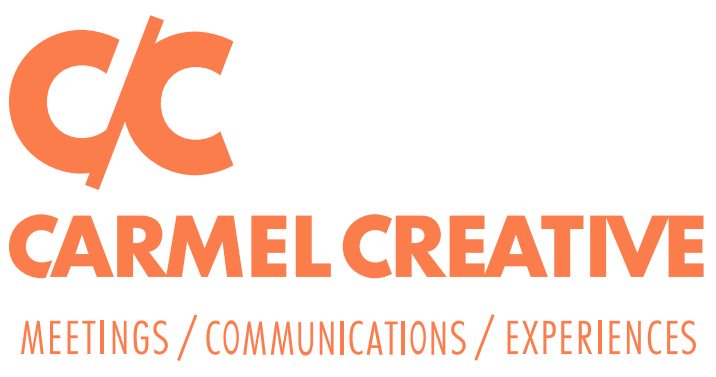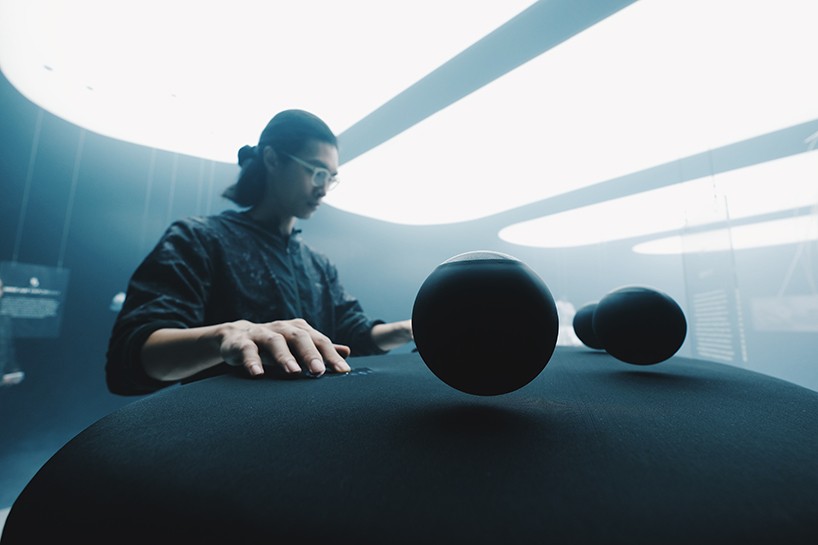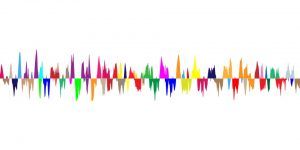
Sonic Branding:
Sonic Branding, also known as Audio Marketing or Acoustic Architecture has been striking chords with audiences since the advent of commercial radio in the 1920’s. A catch-all term for the implementation of sounds to develop and distinguish a product or organization, its most common form is the beloved jingle we’ve all fallen for at some point or other. For instance, I have no desire to transform into a hot dog but nonetheless find myself intermittently wishing, “I were an Oscar Mayer wiener…”
The underlying psychology of how and why these audio cues stick in our brains and form powerful associations is fascinating and has to do with a phenomenon called “Involuntary Musical Imagery” and ties into the phonological processes by which we first learn language and build a vocabulary.
In recent decades advertisers have developed “earcons”, the auditory equivalent of an icon: a unique, easily identifiable representation of a company or product that listeners absorb and form a subconscious connection towards.
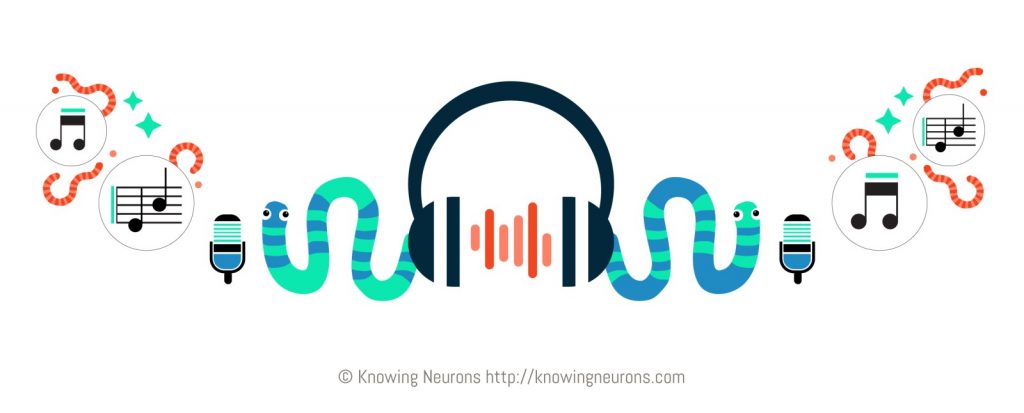
Pop Quiz! See if you can name the company based on the associated earcon:
1.) “Like a good neighbor…” (Answer here)
2.) “I’m loving it” (Answer here)
3.) “I’m a big kid now!” (Answer here)
As technology continues to evolve and allow for easier accessibility, an exciting trend has emerged in the world of event management.
Audio Based Event Installations:
- Coda to Coda: This partnership between the Coda to Coda design studio and the Imperial War Museum in London resulted in an immersive installation in London that uses bone conduction and magnetic resonance to recreate the auditory and haptic experiences of soldiers in WWI. We’re really excited about the future potential of involving vibrational technologies into the event sphere to further connect with audiences.
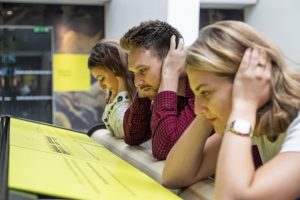
- Vaporscape: An interactive ambient installation in Hong Kong created by artist h0nh1m for the release of Nike’s Vapormax technology, the space “detects the humidity of the room, temperature on audience’s skin and translates the vaporization rate into the sound modulation.” In essence, the room reads the audience’s biometrics and uses this information as the basis for its auditory outputs, revealing yet another new and novel way to get attendees involved in the show.
NikeLab X h0nh1m – VaporScape from h0nh1m on Vimeo.
- Florasonic: The only ongoing sound commissioning installation in the U.S., this partnership with the Lincoln Park Conservatory’s Fern Room shifts from month to month as different artists coordinate an environment-dependent soundscape to synthesize with the sensory inputs of smell, taste, and sight (just not tasting the plants!).
Event Specific Audio Applications
Just as lighting can be used to influence the mood of a room, to highlight or diminish certain features, or to direct the flow of traffic, branded audio stimulus can be a positively helpful tool in executing an event’s successful activation.
Here are a couple of examples of
Personalized Soundscaping: This includes the auditory components of an environment that can be perceived by humans, and while elements of soundscaping such as transitions or walk-out music have been longstanding features of event production, audio branding allows for a personalized impact on attendees. As technology advances, planners are able to create their own special audio effects to convey the event’s desired message not only with pre-existing inputs, but by also drawing on the audience for contributions as well. By drawing the audience into the event’s production, either through recorded responses, live feedback, or some other creative adaptation, you can greatly increase the focus and attentiveness of attendees.
Basilica Hudson’s Soundscape, a self-proclaimed “anti-festival offering a thoughtful mix of music, visual art, and literature” is one of the most prominent examples of such revolutionary techniques.
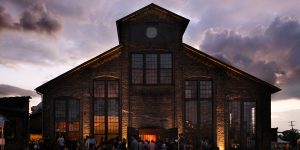
Audio Prompts:
Scenario: You have a 1,000 person event featuring a kick-off speaker, a 45 minute networking breakout and then a 2 hour keynote panel. After the kick-off concludes the attendees enthusiastically head for the breakout session.
40 minutes later you announce on the overhead PA for attendees to return to their seats. 10 minutes later a bulk of the crowd is still chatting in the breakout room so you announce again, only more urgently, and are met with staunch resistance.
Sound familiar? If so, don’t blame yourself, humans have always valued independence over obedience, and research now shows that pairing “emotionally neutral, natural” sounds with instructions promotes a greater level of receptivity. By creating an audio brand that leverages this relationship, such as birds chirping over an ocean breeze, you not only increase the likelihood that attendees will cooperate, but also plant an audio cue in their subconscious. The more frequently this cue is used (in conjunction with directions) the stronger this cue becomes and before long attendees may develop a Pavlovian response where they hear the cue and prepare themselves to receive direction without even realizing it!
There you have it, from jingling to mingling the power of sonic branding is a wonderfully applicable tool that is anything but
b-o-l-0-g-n-a.
